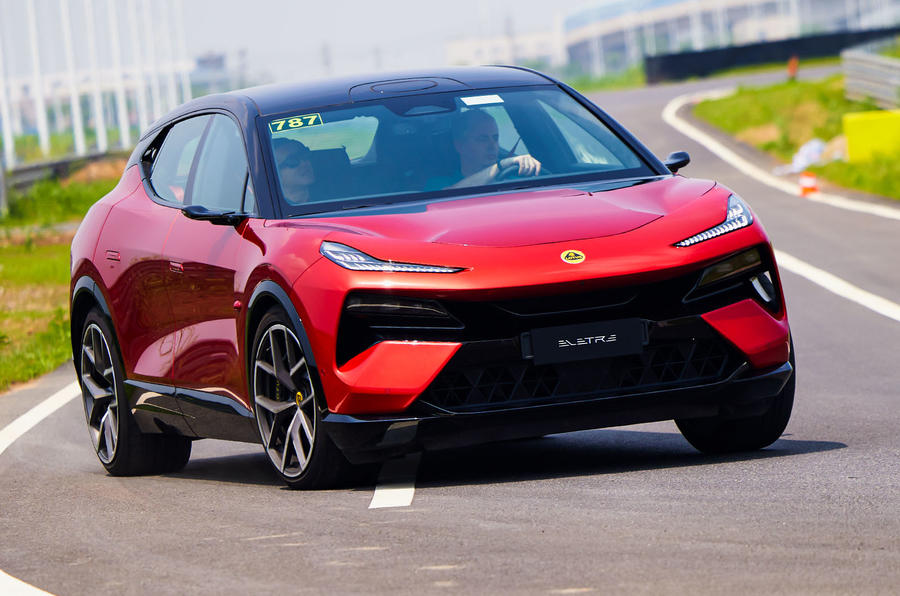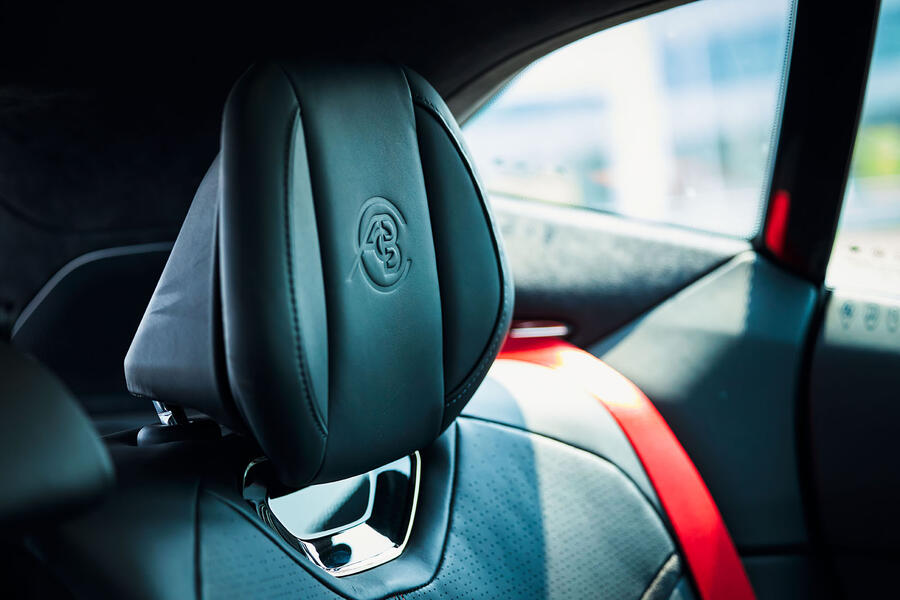Well before reaching Wuhan to experience the Lotus Eletre, I already know the answer to one question. This is undoubtedly the most radical road-going Lotus of all time, even by the high standards of this innovative company.
Even 10 years ago, the idea of a Chinese-built electric SUV wearing Lotus badges would have been inconceivable. Now Chinese customer deliveries have started and I’m driving a near-finished European-market example.
Update: we've now driven the production Lotus Electre SUV
The Eletre sits on Lotus’s all-new Electric Premium Architecture, which will soon underpin two more cars, these a sleek saloon and a smaller SUV. There’s plenty of room in the Eletre’s shadow for a more compact sibling, it being 5103mm long and weighing about 2400kg.
Other brand firsts include four-wheel drive (thanks to a motor on each axle), air suspension, active rear steering and support for higher-level autonomy.
Three versions of the Eletre will be launched in the UK later this year. The £89,500 entry-level car and the £104,500 S share the same 603bhp peak output from 302bhp motors, the difference instead being in sportiness of character. The £120,000 R swaps the rear motor for a 603bhp one with a two-speed gearbox, giving a system total of 905bhp. Both powertrains use a 112kWh battery pack, which supports DC charging at an ultra-fast 420kW.
So although the targeted WLTP range of 373 miles (304 for the R) is impressive, Lotus engineers reckon the ability to gain up to 248 miles of range in just 20 minutes (once public charging infrastructure catches up) is the more important statistic.

My drive was restricted to the test track that has been built at Lotus’s vast new Wuhan factory. By the standards of the Chinese facilities I’ve experienced, it was pretty good – narrower than a race circuit but featuring a kilometre-long straight and 13 corners, most pretty tight but a couple of quicker sections too.
To no surprise, even the Eletre’s least potent powertrain is plenty quick, capable of delivering both chirped Pirelli P Zeros on a full throttle launch and forceful longitudinal g-force loadings.
Lotus quotes a 0-62mph time of 4.4sec, which feels right. Yet the acceleration stays strong even beyond 80mph, where EVs often start to fade, accompanied by a nice synthetic soundtrack that gives a sense of building speed without overpowering the experience.






































Add your comment